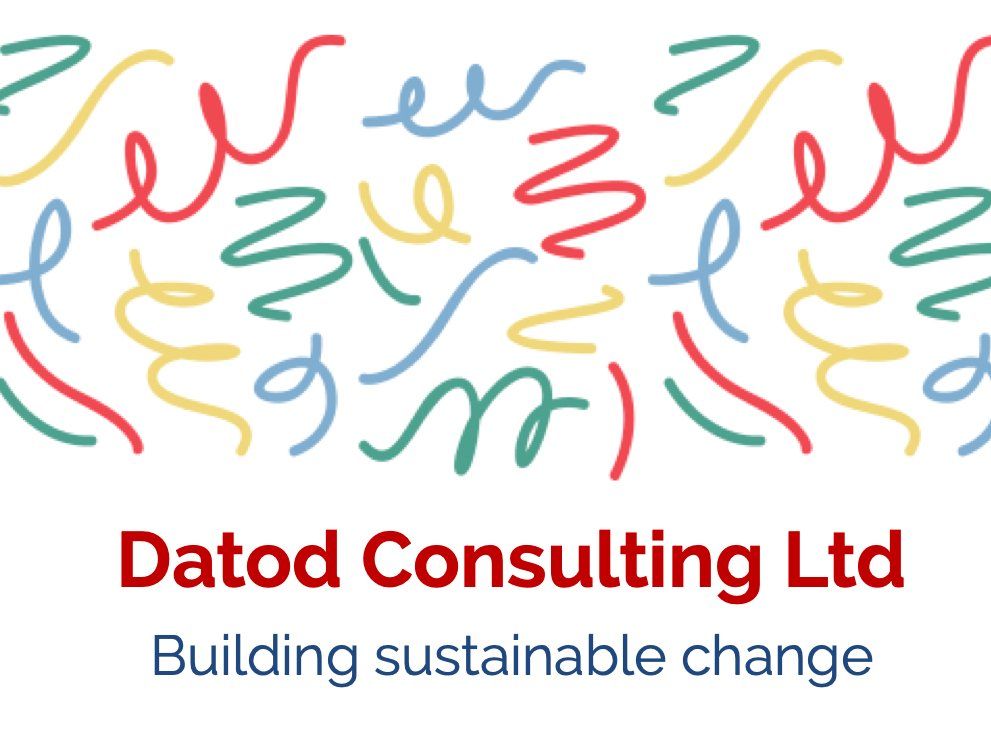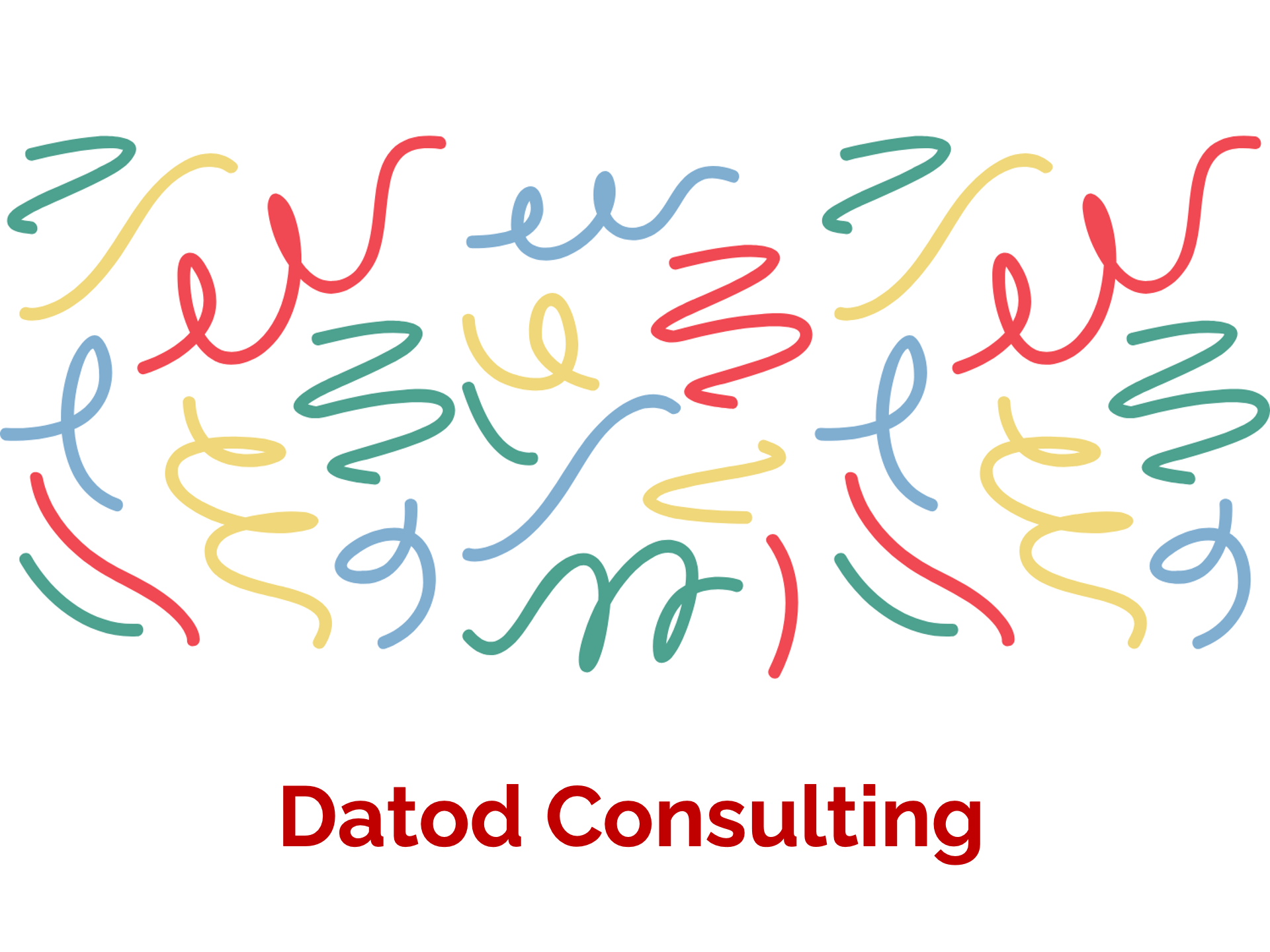Firefighting or Fire Prevention: Your choice.

Academic research has clearly demonstrated the link between training and organisational performance (1). Organisations that understand the power of a mature training program outperform those that see training as a “nice to have” or pay lip service to staff and organisational training and development. In truth, training and development is often one of the functions that suffers cutbacks when times are hard. Such an approach it could be argued is both myopic and fails to understand the link between effective training and host of business performance indicators such as productivity, staff morale, flexibility, staff turnover and regulatory compliance. Organisations that effectively train, effectively deliver.
One of the reasons some organisations view training through blinked eyes it that training is a investment; an investment in staff capabilities, time and resources. Like all good investments the reward is not always instant. Investing in training is often out-trumped by “firefighting” and dealing with the “here and now” deadlines all organisations face and training slips down the list of priorities.
Organisations that want to self-improve see training and development as key and integral to their growth strategy. One of the attributes of such organisations is their desire to grow and this involves gaining a deep understanding of what is holding them back. Gaining an understanding of the root cause of failures or poor performance is the first step in putting corrective and preventive measures (CAPA) in place to prevent reoccurrence and confront the obstacles to organisational success.
For regulated industries such as medical devices the FDA sees ineffective root cause investigation and weak CAPA as being the main source of non-compliance and the basis of the majority of Warning Letters (2).
But getting to root cause doesn’t happen by accident. It involves the rigorous application of a discipled methodology to uncover the foundational reasons for issues. Without such an approach only the symptoms are tackled, and any fix is superficial with only the illusion of continuous improvement. Many organisations expect people leaders to be naturally conversant with such structured methodology without any formal training and are surprised when improvement programs falter and ineffective CAPA are approved and implemented.
Datod have just released two training modules with trainer notes that cover both
Root Cause Analysis
and
CAPA
with practical hands on exercises. These editable training decks can be modified to suit the context of your specific organisation to improve your capability in getting to root cause and putting in that effective fix. Many organisations are already seeing the benefit of such an approach. Or do you just want to continue "fire-fighting" ?
Seems a no brainer.
1: Garavan T, McCarthy A, Lai Y, Murphy K, Sheehan M, Carbery R. Training and organisational performance: A meta-analysis of temporal, institutional and organisational context moderators. Hum Resour Manag J. 2020;1–27. https://doi.org/10.1111/1748-8583.12284
2: https://www.fdanews.com/ext/resources/files/Conference2/FIS18Presentations/Vahey-Getting-to-Root-Cause-During-Your-CAPA-Investigation.pdf

